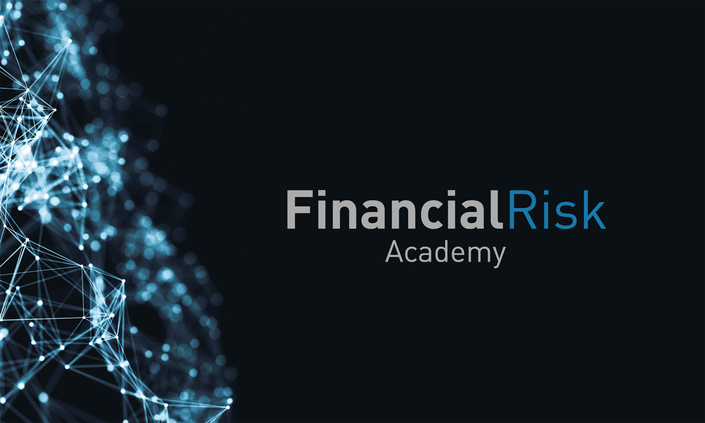
Building an ALM & Balance Sheet Optimization Model
Master ALM & Balance Sheet Optimization with our course! Learn to build models using stochastic dynamic programming. From data layers to reporting, we cover it all.
💡 Want to enroll or get more information?
Visit Our Main Website
Introduction
A course by the authors of "ALM Modeling and Balance Sheet Optimization - A Mathematical Approach To Banking", a book in The Moorad Choudhry Global Banking Series.
In this training, inspired by the book "ALM Modeling and Balance Sheet Optimization -- A Mathematical Approach To Banking" by Diogo Gobira and Lucas Processi, you'll learn to build a balance sheet optimization model using stochastic dynamic programming. This comprehensive course covers everything from data layers to decision variables, business and regulatory constraints, objective functions, modeling strategies, solving techniques, debugging, and reporting. Unique in the market, this online training provides cutting-edge tools to optimize your bank's performance, offering invaluable insights and skills for effective implementation.
Strategic Asset-Liability Management (ALM) can improve banks performance, but its implementation is far from trivial. This advanced program will teach you how to create a balance optimization model using dynamic programming and showcase its power with various concrete examples in liquidity management and capital optimization taks, financial statement and funding mix projections, funding and hedging instrument-level prescriptions, and more.
💡 Want to enroll or get more information?
Visit Our Main WebsiteCourse Curriculum
-
Start[02.01] ALM Model Architecture (3:06)
-
Start[02.02] Model Architecture Overview (6:32)
-
Start[02.03] Input Layer (13:12)
-
Start[02.04] ETLs (6:00)
-
Start[02.05] Contracts Modeling (9:51)
-
Start[02.06] Reconciliation (8:36)
-
Start[02.07] Model Layer (9:46)
-
Start[02.08] General Setup (10:00)
-
Start[02.09] Business Rules (11:44)
-
Start[02.10] - Optimization (9:21)
-
Start[02.11] Outputs Layer (3:27)
-
Start[02.12] Validation (4:52)
-
Start[02.13] Reporting (5:41)
-
Start[02.14] Integration (4:18)
"The instructors at Financial Risk Academy are experts, highly academically trained, and bring a wealth of market experience in finance & quantitative risk models"
Luis A. Esteves, Chief Economist, Northeast Bank
Pedro Henrique de Mello Lula Mota, Portfolio Manager, Verios
Congratulations Diogo Gobira, as always, your courses are sensational and well-structured.
Denis Pereira, Head of Risk, Modelling and Research, FGC
Frequently Asked Questions
Your Instructor

Diogo Gobira:
Market Risk Manager at BNDES (Brazilian Development Bank). Holds a Master's degree in Applied Mathematics for Finance from IMPA (National Institute of Pure and Applied Mathematics) and a degree in Computer Engineering from UFES (Federal University of Espírito Santo). Specialized in scientific computing, mathematical modeling, and pricing of exotic derivatives.
Lucas Processi:
Engineer in the Market Risk Department at BNDES, holds a degree in Production Engineering from the Federal Fluminense University (UFF), and a master's degree in Economics and Finance from the Getúlio Vargas Foundation (FGV). Specialized in market risk management and pricing of financial instruments, with extensive experience in automating routines, organizing databases, and generating financial reports using programming languages such as R, Python, Julia, C++, VBA, among others.
